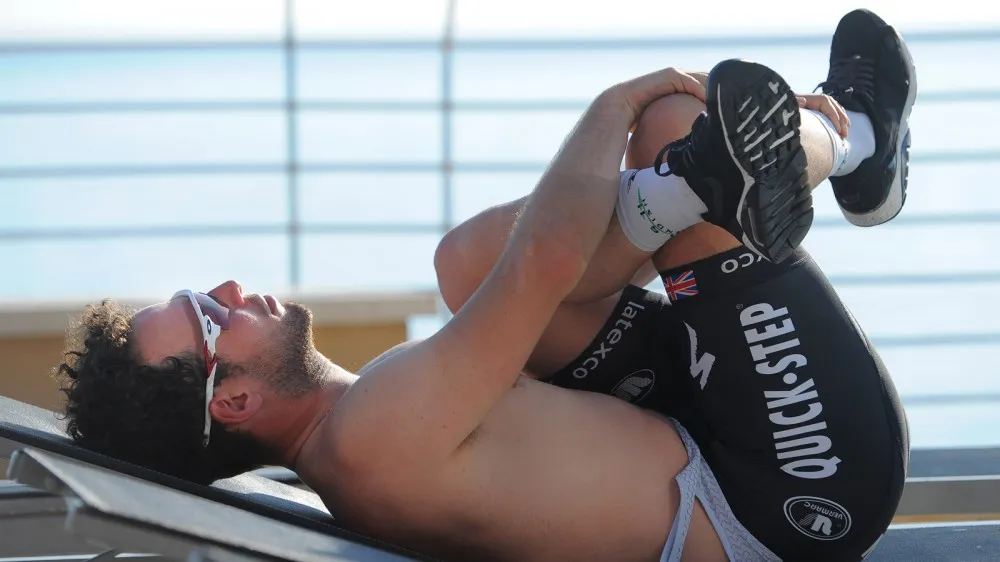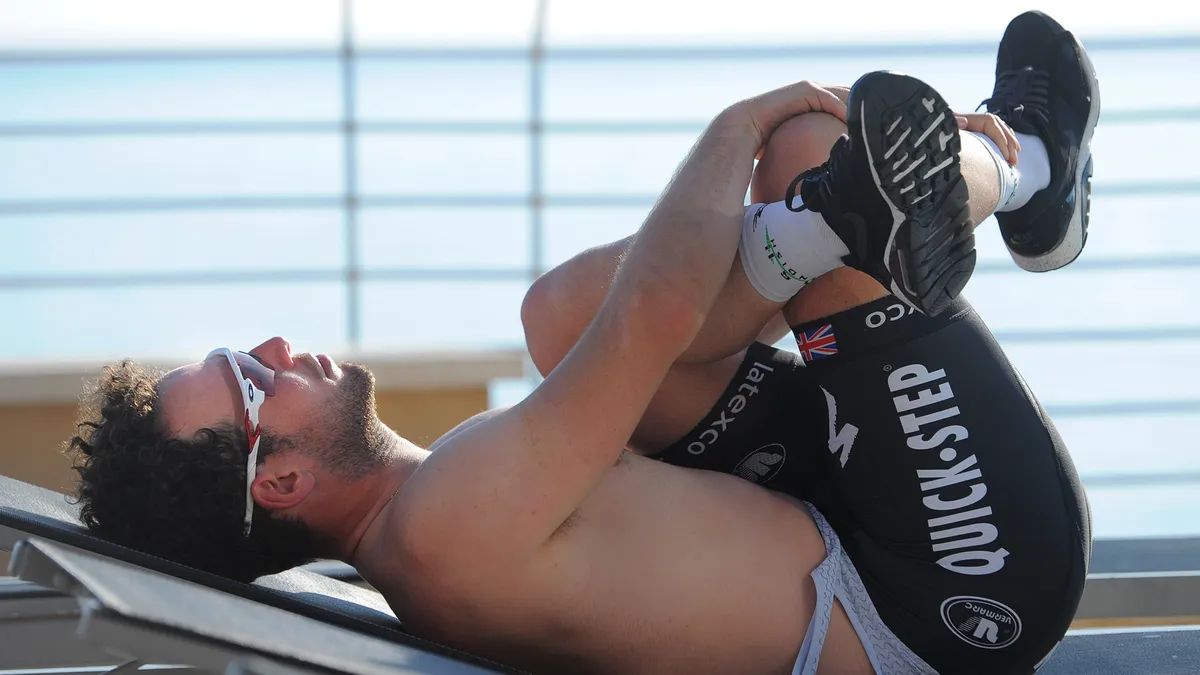One of the most beautiful aspects of training is the cyclical nature of the process. There are training block cycles, weekly, monthly, annual and even career / lifetime cycles. Each is followed by a respective rest, which allows you to grow stronger and spiral to ever higher levels of fitness.
This time of year should contain one of the most important rest periods of all – the mid season break. It can be very effective to break the season into two halves in this way. The timing is crucial – an athlete should progress to their top level of form, then 'milk' this period or peak, containing their most important events or races for the first half of the season. The break should follow this peak. Former pro and now full-time cycle coach, Chris Baldwin, explains.
Don't forget to check out more of our Training Day by Day features.
There are two core benefits to consider. The physical component is obvious. By now, you’ve been training and racing hard for months and it’s time to provide the body a solid rest to prepare for harder work in the summer months. But equally important is the mental component. A break from the trials of specific and intense training can really allow you to regroup. This enables you to attack the second half of the year with the focus and passion needed to get the best from yourself.

Don't stop the body maintenance while in a rest period
The mid season break can take on many forms and, like all training concepts, is very situational and dependent upon the athlete's needs and goals. For the elite and pro riders I coach, it is usually five to seven days with completely suspended training – no bike! For others with less time devoted to training every day, a week of unstructured easy rides, MTBing or cross training can be the way to go. I encourage riders to take good care of themselves during this period. This includes maintaining a nutritious diet and continuing their stretching and body care routines, thus maximizing recovery.
The downtime should be followed by what I like to call the “Re-Boot”. This includes some training time devoted to revisiting aerobic and strength work, the foundation of your fitness. This is followed by a systematic build of the physiological systems needed for top form. In this way, training starts all over again, with a new cycle containing workouts at a higher training load than before the break, alas, the cycle continues!
Most athletes express skepticism and concern for 'losing' their fitness or sliding backwards during this down time. However, in my experience, all riders from pros to recreational athletes are amazed at how quickly their strength returns and is accompanied by new-found excitement and devotion to training. While there is some de-training effect from the reduced workload, it is primarily the anaerobic or “high end” systems that diminish. Luckily, these return just as quickly upon a return to normal training. The aerobic systems are much more robust, and withstand this break intact. Normally, within a matter of weeks athletes feel stronger than before the recess. This break can be a small leap of faith, but it’s well worth the jump!
Here are some sample workouts I prescribe following a mid season break:
Medium endurance
Choose any terrain you like but keep effort consistent with a smooth pedal stroke. Keep your cadence at 75-100 RPM with consistent pressure on the pedals at all times. Breathing should be apparent but never strained or gasping. A conversation would be difficult but possible.
Tempo – drops / hoods / standing
Tempo should feel challenging but well below a time trial pace. You should be in a light breathing rhythm, but control throughout, feeling like you could ride an hour or more at the pace. This can be done on a climb, rolling or flat road. Alternate 3min on hoods / 2min standing on hoods / 3min in drops / 2min standing on drops. 80-100rpm when seated and 60-70rpm (drop two or three gears) when standing.
Main set – 2x20 min tempo with 10 min easy recovery between repeats.
Strength endurance climb
Best done on a climb or false flat. Shift to a gear that requires a cadence of 40-60rpm and provides resistance that maintains some momentum, but is challenging. Stay seated while being smooth, activating core / hamstrings and glutes. Create pressure throughout pedal stroke, force should come from core, taking pressure off knees and joints.
Main set – 5x4min, with 4 min easy recovery 90-100 rpm between repeats.
Chris Baldwin recently retired from professional racing after 15 years. His results include two US national time trial championships, a Pan Am games silver medal and top placings in many stage races. Always a training nut and student of the sport, he now coaches at DayByDay Coaching, sharing his experience and passion for all things cycling.
In future articles, Ben Day, Chris Baldwin and new DaybyDay Coach, Jeremy Hunt, will continue to share with you methods for improving your cycling, whether mental, physical or technique related. Do you have any tricks that you use or questions for future articles? Share them with the guys on Twitter – their handle is @daybydaycoachin and join the DaybyDay Coaching community.

